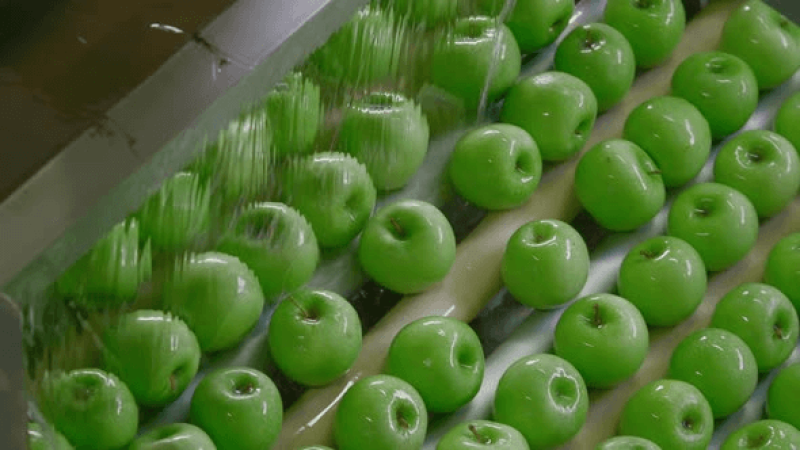So how does the global food industry look ahead and create healthy food at quantities enough to feed the world while at the same time catering to valued attributes that consumers demand most? Can genetic modification and clean label co-exist?
Clean label ingredients are the food industry’s response to increasing consumer demand for consumables without questionable ingredients. At the same time, clean label is proving to be an evolving concept that has shifted in its meaning and significance over the years. Most recently, the emerging issue of industrial and environmental contamination of finished food products has brands, retailers and regulatory bodies scrambling to satisfy new consumer expectations around heavy metals, pesticide residues and packaging migration issues from BPA/BPS, and phthalates.
…
In short, yes. But for clean label and GMOs to co-exist, it will require consumers pushing for transparency so that industry remains honest.
…
First, the USDA has limited enforcement options against regulated entities that fail to disclose bioengineered foods. The USDA may not recall or seize products or issue fines for a failure to make a bioengineered food disclosure. Second, the standard contains loopholes such as food derived from animals fed genetically engineered (GE) crops being exempt from labelling. Needless to say, in the non-GMO advocacy community, the National Bioengineered Food Disclosure Standard has its fair share of critics. While there is now a regulatory standard for the labelling of GMOs, it is far from satisfying the court of public opinion on what it truly means to be non-GMO.































